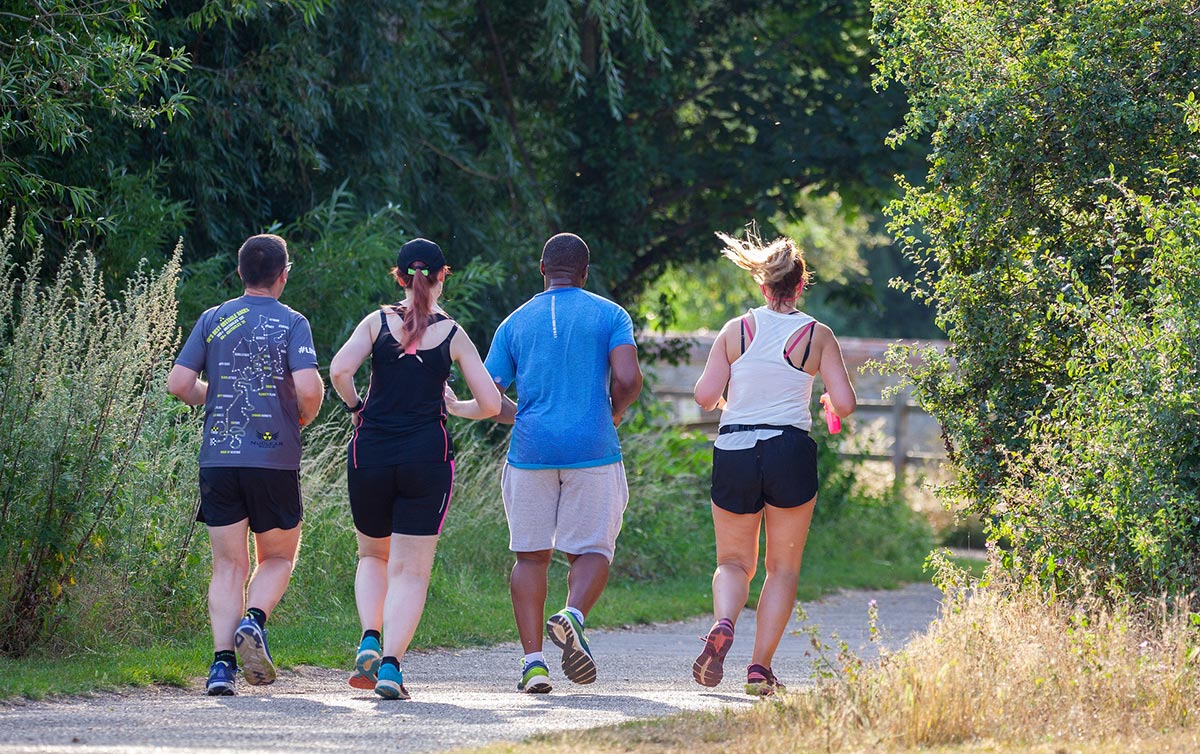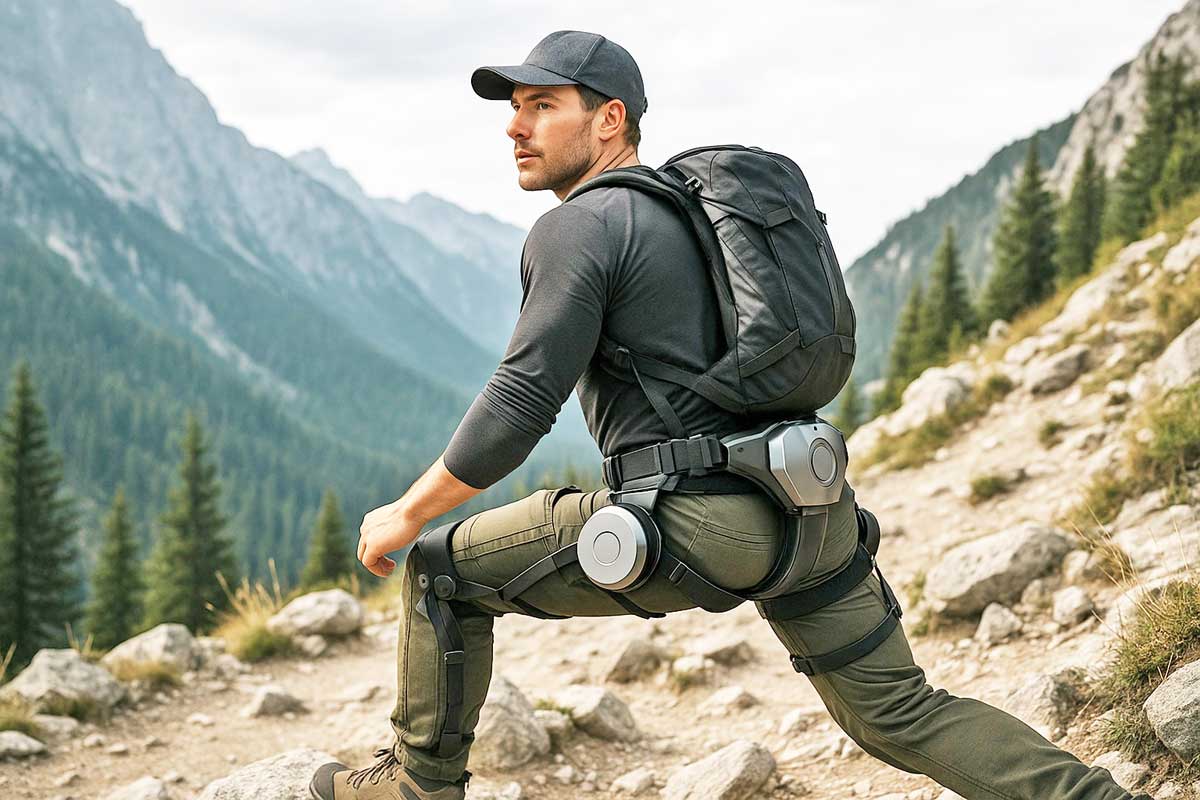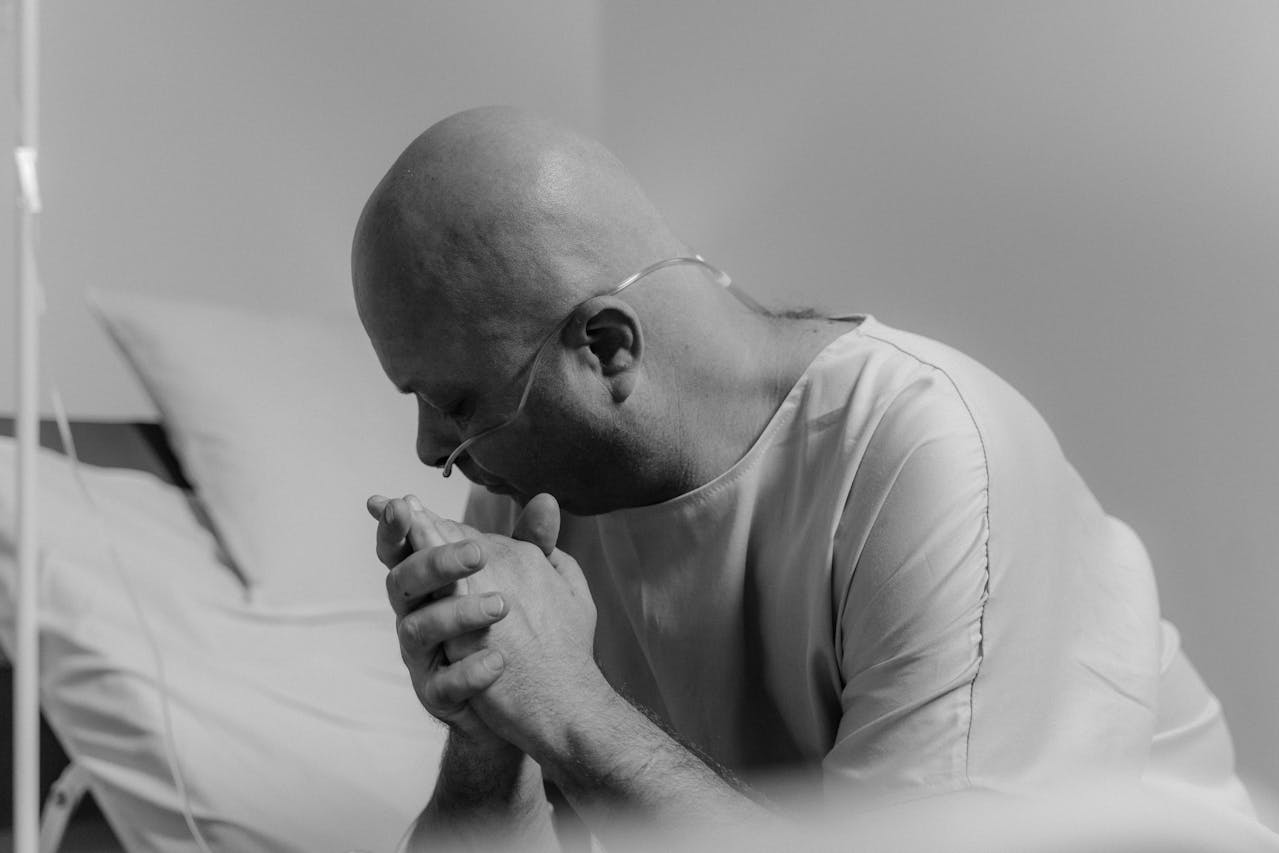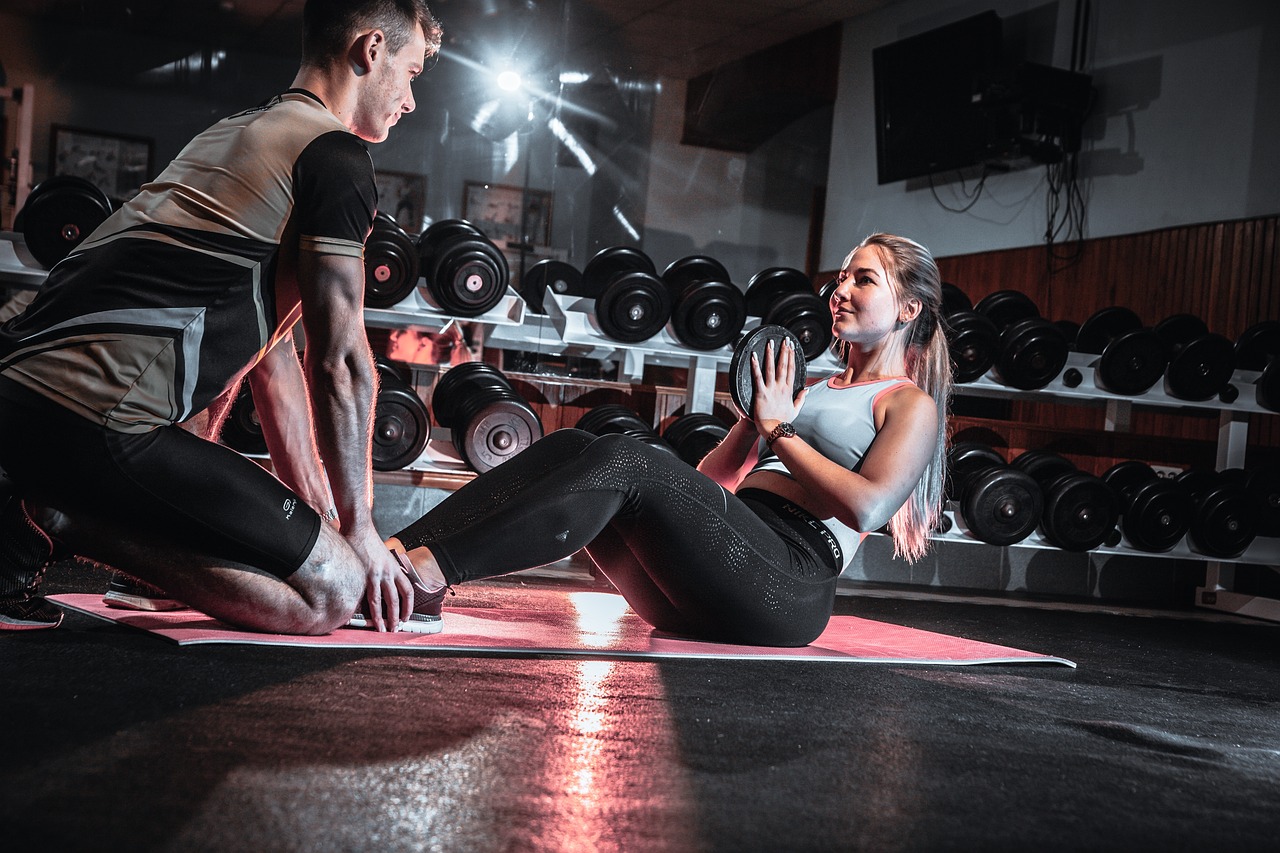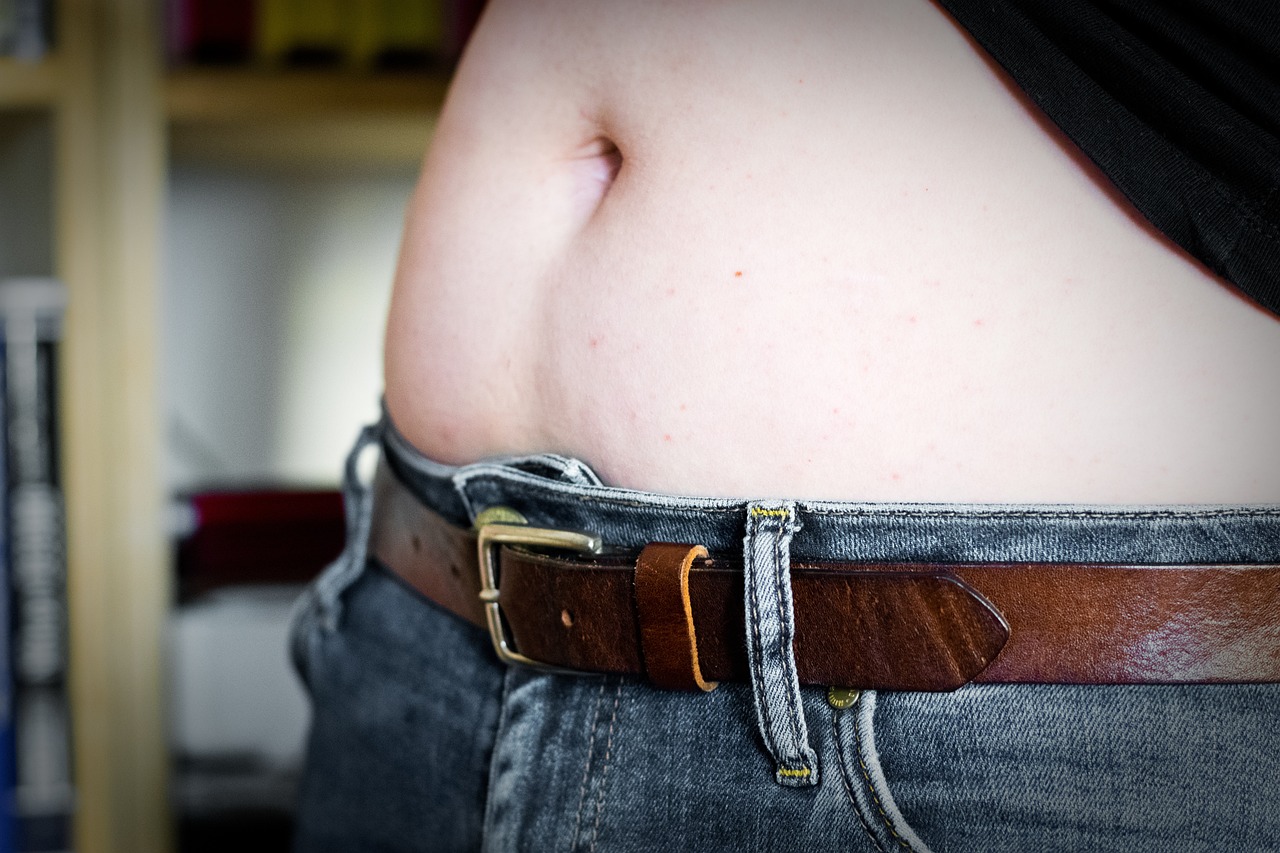Joint health is a crucial aspect of overall well-being that should be a priority for everyone, regardless of age. Joints are where two bones meet, supported by muscles, ligaments, cartilage, and synovial membranes that enable weight-bearing and movement. This intricate system allows for flexibility and motion but is also susceptible to wear and tear, especially with improper care or overuse.
Why Joint Health Matters
Joints are the unsung heroes of our daily lives, enabling us to walk, run, stretch, and perform countless other movements. However, the repetitive strain and impact from activities like running or walking can take a toll. Maintaining healthy joints through exercise and weight management is essential for preventing pain and stiffness and enhancing mobility.
Regular exercise, particularly low-impact aerobic activities like swimming, biking, or walking, can promote joint health. These activities reduce excess weight, which in turn decreases the load on your joints. For those who enjoy walking and running, these exercises provide an excellent way to maintain a healthy weight, strengthen joint muscles, and build stamina while supporting heart health and bone density.
Planning Your Running Routine
Starting a running routine can be intimidating, especially for beginners. The key is to ease into it gradually. Experts recommend beginning with walking to allow your body to acclimate to the new activity. Start with long, brisk walks, ensuring you maintain proper form and posture. Keep your back straight, head up, and tummy pulled in, with your arms swinging naturally. Always land on your heel and roll through to the ball of your foot to avoid unnecessary strain.
As you build endurance, progress to power walking, increasing your speed and duration over time. Once you feel comfortable, incorporate jogging intervals, alternating between jogging and power walking. Gradually increase the jogging intervals as your stamina improves. This incremental approach helps to minimize injury risk and build endurance safely.
Caring for Your Joints While Running
One of the great advantages of walking and running is their versatility—they can be done almost anywhere. However, not all surfaces are created equal. Different surfaces place varying degrees of stress on your joints, so it’s essential to mix up your routine.
Running on softer surfaces like grass or sand can reduce the impact on your joints, but these uneven surfaces can increase the risk of injuries like sprains or tendonitis. Pay close attention to the terrain and start slowly to allow your body to adapt. Conversely, harder surfaces like asphalt and concrete are more predictable but generate greater impact forces. Alternating between different surfaces can help reduce stress on specific joints and muscles while providing a more balanced workout.
Investing in the right running shoes is critical for injury prevention and joint health. Shoes should provide adequate support and cushioning tailored to your foot type and running style. Replace your running shoes every 350-550 miles to ensure they continue to offer the necessary protection.
Nutrition and Hydration for Joint Health
What you eat significantly impacts your joint health and recovery. A diet rich in fresh fruits, vegetables, and lean proteins provides the nutrients needed for tissue repair and inflammation reduction. Staying well-hydrated supports joint lubrication and overall performance. Avoiding processed foods and sugar can further reduce inflammation and support healthy joints.
Supplements for Joint Support
Incorporating supplements like GoFlex can provide additional support for maintaining joint health. Formulated with ingredients such as Glucosamine Sulfate, Interhealth Collagen Type 2, and Hyal Joint, GoFlex offers nutritional building blocks to support healthy joint function. These ingredients are known to nourish cartilage, reduce inflammation, and enhance joint mobility.
While supplements can be beneficial, it’s essential to consult a healthcare provider before adding any new supplement to your regimen. They can help you determine the best options for your individual needs and ensure there are no contraindications with other medications or conditions.
Making Running a Lifelong Habit
Running isn’t just great for your physical health—it also has significant mental health benefits. The release of endorphins during a run can improve mood, reduce stress, and even combat depression. To make running a sustainable part of your life, focus on consistency rather than intensity. Set realistic goals, celebrate small milestones, and listen to your body to avoid burnout or injury.
Stretching and Recovery
Stretching is a vital component of any running routine. Dynamic stretches before a run help prepare your muscles, while static stretches afterward aid in recovery and prevent stiffness. Incorporating foam rolling or massage therapy can further support muscle recovery and enhance joint mobility.
Listening to Your Body
Pay attention to any signs of discomfort or pain, as these can indicate underlying issues that may worsen with continued activity. Rest is a critical part of any exercise regimen, allowing your body to recover and repair. Don’t hesitate to take a day off or consult a healthcare professional if something doesn’t feel right.
Walking and running are excellent ways to improve joint health, build endurance, and maintain overall health and fitness. By starting slowly, investing in proper footwear, and paying attention to your body’s needs, you can enjoy the benefits of these activities while minimizing the risk of injury. Combine these efforts with a balanced diet, hydration, and possibly joint-supporting supplements for optimal results. Most importantly, have fun and enjoy the journey—your joints will thank you!
